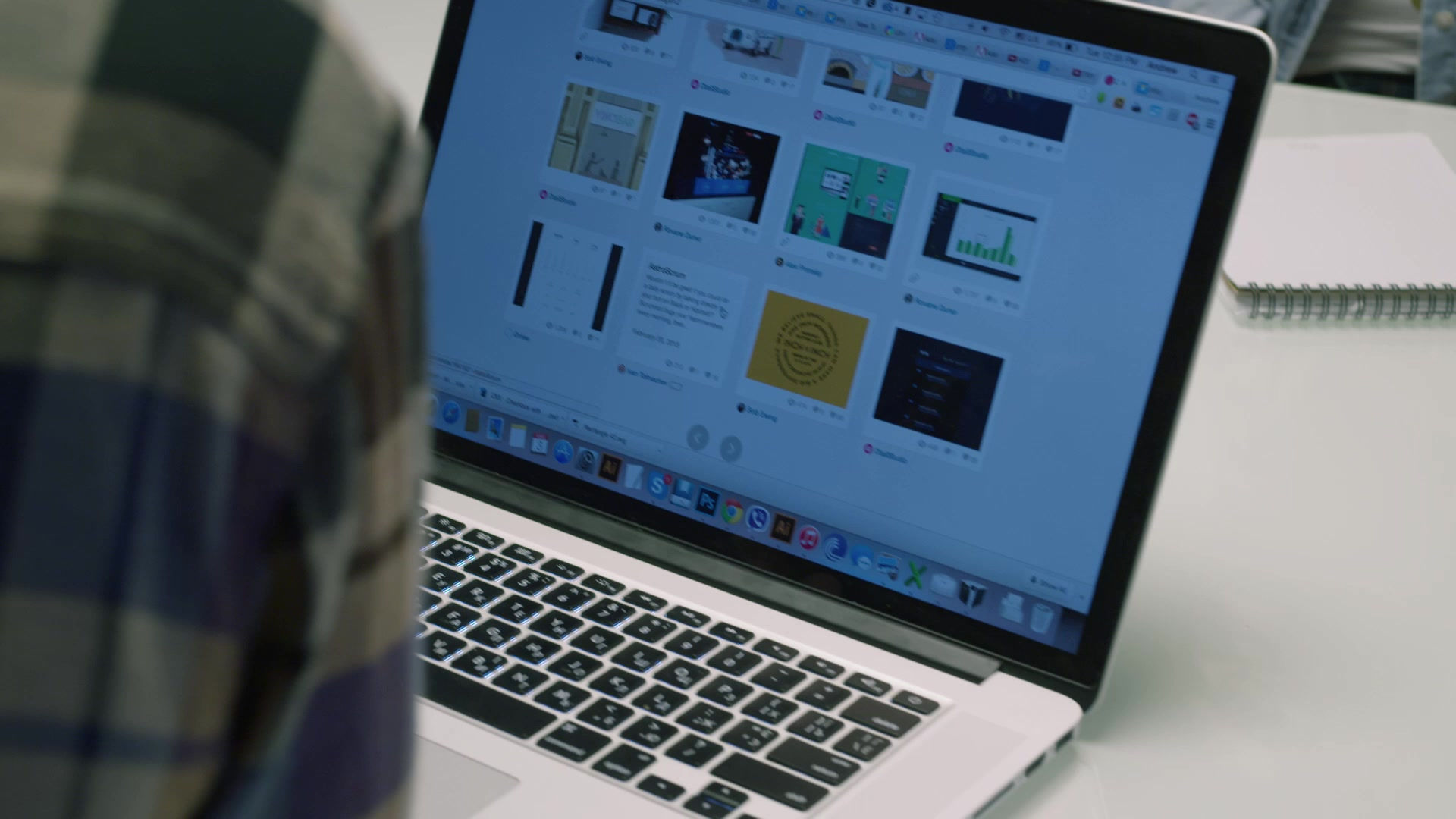Tips every windows 7 user Needs To Know
- Hershit Shukla
- Oct 14, 2017
- 2 min read

Your OS drives your whole PC experience, so it's your job as an enthusiast to keep it in a high state of tune. Here's how to do just that with Windows 7.
After installing a new OS, most people just jump right in and start driving it through all their favorite applications and games. Makes sense, right? The operating system, after all, should be a background player in the computing experience-a means to an end, with the end being web surfing, content editing, and wanton destruction in the first-person shooter of one's choice.
The problem, however, is that most people, even a lot of self-described power users, never take the time to really tune the new OS, exploring its menus and setting up the interface for the fastest, most convenient operation based on personal preferences. And as operating systems offer more and more user controls, it's the curious, performance-minded enthusiast who has the most to gain from tuning an OS to his or her liking.
It's been about six months since Windows 7 hit the market, so we figure most of our readers have made their upgrades. For those who've made that jump, we present a bottle of our favorite Windows 7 tips, each designed to help you extract the very last bits of convenience and GUI-navigating performance from your own personal dream machine. And if you haven't yet upgraded to Win7, we trust you will after reading this article, as its core features-let alone its actual Lab-benchmarked performance-kicks Vista and XP ass.
We close out our tuning session with a tip designed to supercharge the process of installing the OS. By loading Windows 7 onto a USB key, and making that key a bootable drive, you can do an end-run around slow optical-drive technology and install your OS in (pardon the pun) a flash.
It's time to get started. Park your computer, but don't shut down. This is one PC tune-up that can only be done with your engine running.
















Comments